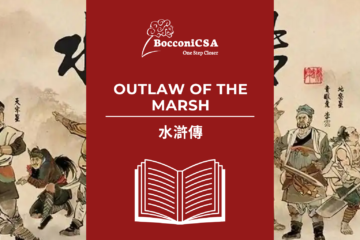Date: everything depends on the moon
Since it is determined by the Lunar calendar, the date of the Chinese New Year changes each year, but it has always fallen between January 21 and February 20. In 2021, for instance, the Year of the Ox will start on February 12.
The New Year’s Eve feast: bringing in wealth and treasure
Traditionally, the celebrations to welcome the new lunar year last 16 days, from Chinese New Year’s Eve to the Lantern festival, and eating could rank above all activities. One of the most important meals is “年夜饭” (nián yè fàn), the New Year’s Eve feast, for which Chinese people prepare dishes that are meant to bring good luck for the upcoming year. Traditional dishes include fish, dumplings, spring rolls, noodles, sweet rice balls and steamed rice cake, which are given a symbolic meaning based on their pronunciations or appearance.
Clothing custom
According to traditional beliefs, the red color can scare away evil spirits and bad luck, so throughout the Chinese New Year, people usually wear red clothes, especially new ones, because new clothes symbolize a new beginning in the year and mean people will have enough to use and wear in the new year.
Red envelopes: lucky money
“红包” (hóng bāo) are red envelopes that contain money; it is a tradition that date back to the Han dynasty, when this practice initially consisted in tying coins together with red string. Red envelopes are usually given to children to pass on good fortune, or to elders as a blessing of longevity (that’s right, if you are a young or middle-aged adult, you don’t usually receive a red pocket!).
Traditions and symbolism
Another typical custom of the festivity is to take a family portrait with all the relatives and the most senior male head of the family sitting in the centre. Decoration is also an important part of the Chinese tradition: on the entrance of the houses, you will see an upside-down red diamond-shaped Fu character (福) because in chinese it means luck, happiness and prosperity arrived (福到了 – Fú dào le).
Other events: New Year’s visits and fireworks
During the Spring Festival, people visit other family members and their close friends, bringing gifts, especially for the elders. This activity is called “拜年” (bài nián), which means paying a visit for the New Year, and it is an act of greeting that shows politeness and respect. Lastly, the Chinese New Year would not be complete without lighting red firecrackers and fireworks, not only to enhance the festive atmosphere but also to scare away evil spirits.



0 Comments